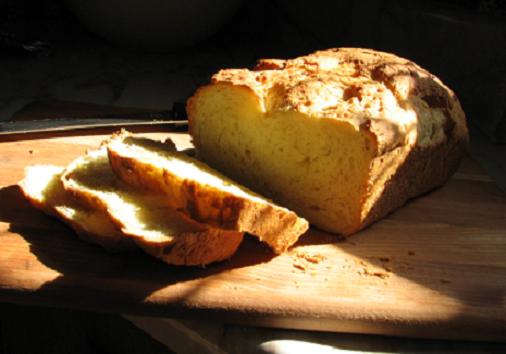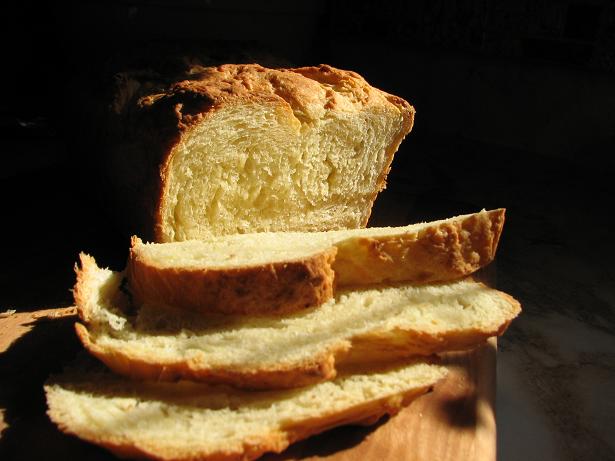Pastrami on Challah?
Why not? I know rye bread is traditional. But when one’s spouse doesn’t care much for rye bread, and suggests Challah, what is one to do? Easy answer: make Challah.
- Log in or register to post comments
- 3 comments
- View post
- GSnyde's Blog







